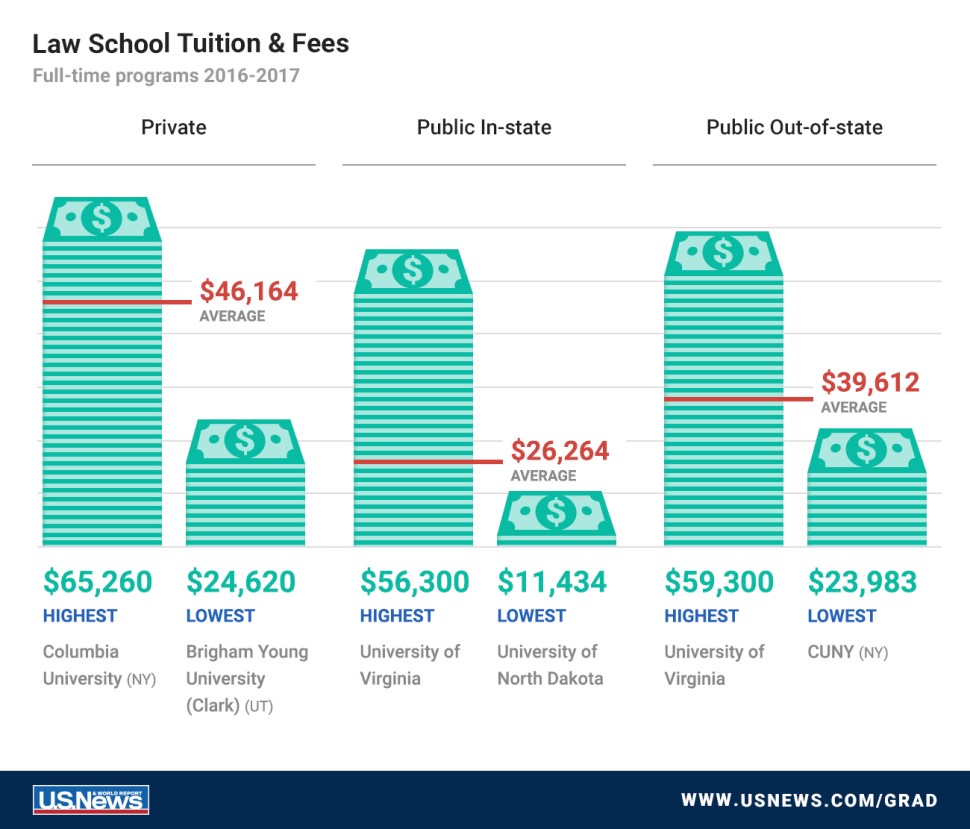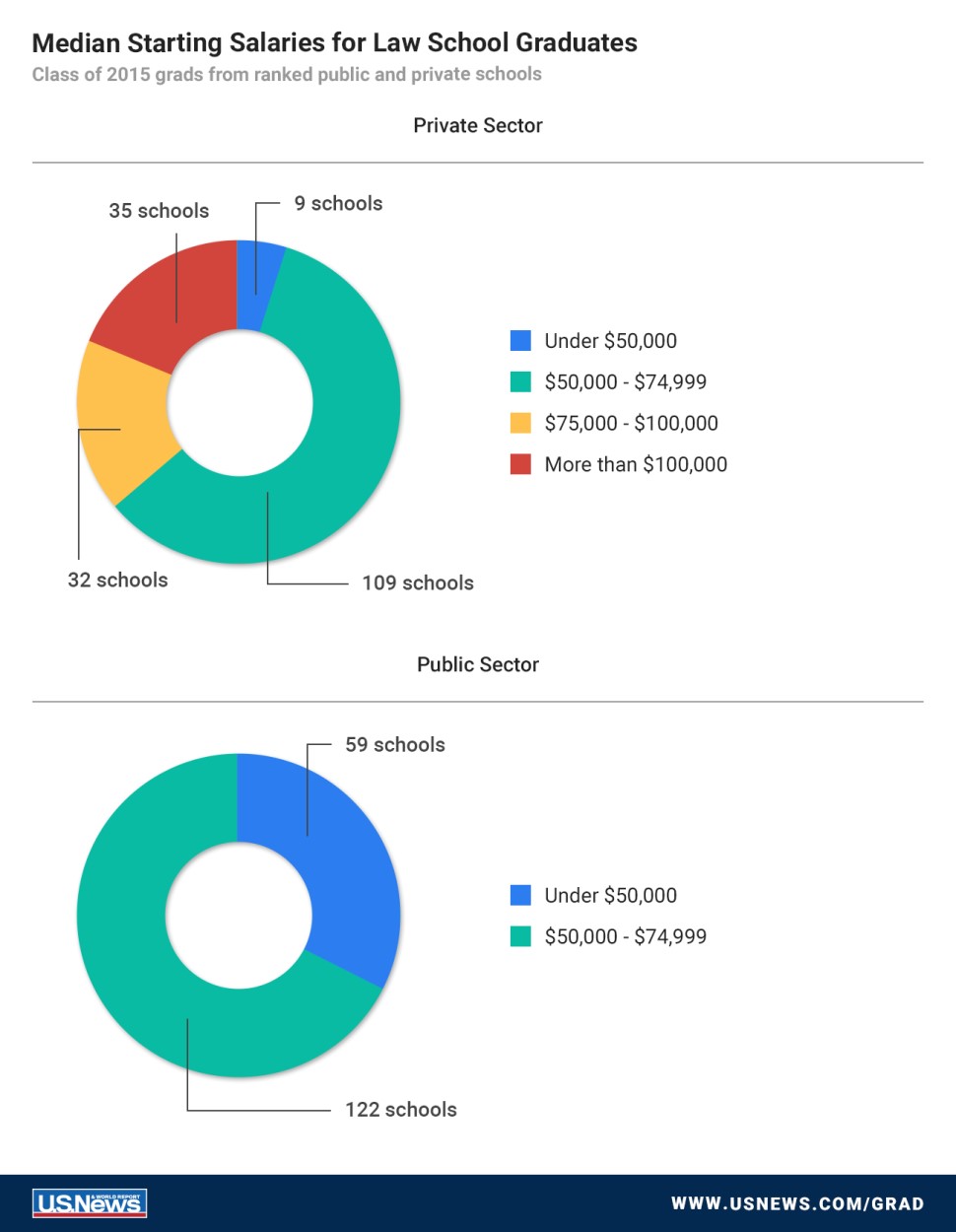Technology has the potential to reshape the legal-landscape so that average wageearners can access legal advice using a smart-phone application. Access solutions in other industries, such as ride-hailing, can serve as precedent to develop new legal technology. Nevertheless, this is an exciting opportunity for lawyers and technologist alike.
Introduction: Problems in Accessing Legal Advice
Access to legal advice, for example in the U.S., is unbalanced, and disadvantages many middle and low income persons. Those who can afford to access legal advice have the best opportunities to exercise their rights successfully. Legal technology can bridge this gap by providing access to legal advice to more people at an affordable rate, while at the same time producing more jobs for attorneys that utilize this technology.
Exploring the gap – Who does this phenomenon affect?
For the middle-class, legal advice is costly and often only an option as a last resort. The American Bar Association reported that the United States ranks 65th out of 100 countries in the Project Rule of Law index for access to and affordability of civil legal services. [1] Of the industrialized nations surveyed, the U.S. was ranked last. Accessibility problems disadvantage many and mostly for one reason: lack of funds.
Thus, the judicial system advantages those with the capital to fund a legal team. The top-paid legal teams typically have an advantage to mitigate potential harms or expedite problem resolution, in effect tilting the scales toward those who can afford it. The average wage-earner can not afford to pay costly retainers and expensive hourly fees that today’s law firms demand. In the U.S, it is typical for general practitioners or less experienced lawyers to bill $200-400 per hour and more prestigious corporate level firms to bill $400-$1000.
Perhaps there is a way to even the playing field; or at least, build easier access for those who can not afford it currently. Upon observation of this expensive phenomenon, a self-help model for legal advice has arisen through services such as Legal-Zoom and Rocket Lawyer. This model can also be observed in other professions such as real-estate, accounting, and travel-booking. New technology in the last decade revolutionized do it yourself services that make services such as self-accounting or travel-booking possible. Websites and applications compete for users by claiming that their self-service provides cost efficiency and user friendliness. However, legal advice is different and more comparable to medical advice.
Legal advice and medical advice both require a standard of representation/care to be met; also why malpractice insurance is important. Moreover, being treated by a doctor in person allows the doctor to see and hear the pains of the patient to properly diagnosis and treat the patient with a strong degree of certainty. Legal advice requires the same professional due diligence to provide an accurate issue-based diagnosis and a treatment plan to either mitigate or resolve the issue.
The first half of the gap - licensed attorney
The self-help model does not require a bar exam or assurance like that of a licensed attorney. There are already non-attorney legal advice groups on the market, but we know they are not the most effective substitution for the legal knowledge of a licensed and practicing attorney. A lawyer, unlike a website manufactured program, offers the additional guarantee that would otherwise be absent from online advice.
Legal advice websites are thus significantly limited without a connection to a real attorney. Successful lawyers use emotional intelligence to advocate for their clients, conscious of the ethical and legal duties to the justice system. This aspect of lawyering is unlikely to be replaced by a computer any time soon. Nevertheless, legal technology can still prevail without actually reinventing an attorney’s virtual role, which is discussed further below.
The other half of the gap – The Lawyers
The next half of the gap is surprising for most because this group is partially responsible for the first group’s placement. This group is the attorneys who are not able find experience and competitive-pay. The legal market advantages the top lawyers mostly graduating from top law schools. U.S. News reported this chart below, shedding light on the financial commitment law students in America make. [2] American law students attend law school for three years paying the annually listed medians three times accumulating tremendous debt. These students aspire to land six-figure salaries or student loan forgiveness deals, unfortunately however, not all will earn those opportunities.

The problem is that few students earn positions in the top paying law firms and law schools are not affordable. Below, in the U.S. News data chart, notice that of the starting salaries that earn over $100,000, those students graduated from only 35 law schools. However, the cost difference between the top 35 schools and the rest are not far apart. Thus, the gap becomes larger and as a result many law school graduates do not earn enough to comfortably live and cover the cost of their law school debt; not to mention existing undergraduate university debt.

The gap consisting of both middle-class wage earners and middle-class lawyers reveals the hierarchical structure of American lawyering. Lawyers struggle to find jobs because the system of schooling and hiring advantages top graduates mostly from those top 35 law schools. Secondly, there is limited internship and clerkship experience available for law students that are not in the top of the class or attending top schools. To further this point, the composition of the Supreme Court in America is the quintessential example of this hierarchical structured system.
Just 2 of 206 American Bar Association accredited law schools, Harvard and Yale, are responsible for educating all the Supreme Court Justices (there are nine), except for Justice Ruth Bader Ginsburg who transferred from Harvard to Columbia where she received her diploma. The American legal system is tiered affecting both middle-class lawyers and clients, seemingly as an aggregate group. Both groups need each other and could succeed if they could somehow access each other. But the current legal-landscape is unwilling to reduce fees because profits would suffer; and frankly top competing law firms do not need to change because their clients like the current process. Wealthy clients win often and can afford it. Regardless, new legal technology is on the horizon, and looks to re-shape the market incorporating both vastly more clients and more attorneys.
The hope is for technology to react to the current design to provide a solution. Technology is viable for middle-class Americans as phones and computers are sophisticated devices that are already accessible. If everyone could access legal advice from a live lawyer over the phone, it is believed there would be a greater demand for legal advice in everyday situations. Ultimately, this means there would be a great demand for more licensed lawyers. Now, here are the questions posed: What type of technology can bridge this gap? And, would bridging the gap with legal technology change the landscape of lawyering altogether. If so, the current system of lawyering could be under attack by legal technology. In fact, lawyers may be required to adapt to new technological trends.
Legal Technology and potential solutions: Access to the law at your fingertips
First, it is important to know the advantage for legal technology is its ability to analyze statistics. Not just statistics relevant to the law, but also correspondence data necessary for creating a client to attorney relationship. This information recorded for analysis is called Big Data, “a term that describes the large volume of data – both structured and unstructured – that inundates a business on a day-to-day basis. But it is not the amount of data that is important. It is what organizations do with the data that matters.
Big data can be analyzed for insights that lead to better decisions and strategic business moves. [3]” Take for example ride-hailing and the evolution of its popular application (app) based technology. Fewer people today on the streets of large cities flag-down taxis thanks to the successful app based platform Uber, and its more recent competitor Lyft (unfortunately both are not in Germany due to an issue with the driving license “Füherschein” requirements for taxidrivers). These companies offer a driving service using a smart-phone app bringing drivers and riders together for business.
This concept has disrupted established transportation business models in America. Ride sharing apps created a direct 6% reduction rate in public transportation use. Most interesting, is that ride sharing has been around for over fifteen years but was never successful until brought to the app based technology platform. [4] Since 2009 now, the applications have brought easy, accessible ride sharing to fruition; and ironically without owning a single car. Maybe, an app could provide a similar service for lawyers and clients? But what makes Uber’s technology so appealing to the employees (drivers) and consumers (riders)? Interviewed individuals from a University of California Davis’s study reported that above all else, Uber offers instantaneous access that is reliable, citing the main issue with public transportation is it is often too slow and unreliable. [5] Likewise for drivers, the job revolves around the app.
Flexibility gives the driver freedom to decide, like when and where he or she would like to work. Ride-hailing’s business model did not reinvent transportation or the use of cars, rather the app revolutionized the communication process between two groups that could serve each others interest. The paradigm in transportation was not changed, hence we will still use cars to get from A to B, (side note: they actually increased car use in cities), but the technology surrounding access to transportation has changed. Ride-hailing is an access solution that is precedent for the development of new accessible legal technology. For now, legal technology is still awaiting this solution.
Conclusion: Technology’s future, despite Adversity
With legal technology on the rise, it is important to keep in mind the sociological malfeasances while also understanding policy motives. I predict the United States and other nations will encounter opposition against legal technology entrepreneurs offering unorthodox legal access. Some lobbying groups and lawyers representing corporations will most likely oppose this market interruption. New competition could bring legal claims against corporations in brute force at rates corporations can not manage or afford.
On the other hand, law firms may see this technological transformation as an opportunity to expand and adapt. And accessible and affordable technology might encourage larger case loads and broader requirements for hiring new attorneys. There is one last caveat, issues such as the attorney client privilege and conflict checking will present challenges in complying with laws that regulate lawyering. These issues do not compromise the future for accessible legal technology. However, they are important to consider during platform development.
The legal industry has a duty to subscribe to technology for these reasons: Access to legal advice through technology will expand the market to middle-class persons and create a more equitable legal system for all to be represented; and, lawyers will benefit from this new alternative business structure, creating more jobs and diluting the hierarchical legal-landscape. This exciting time for lawyers and technologists will hopefully address these challenges looking not just at potential earnings, but into the future of equitable legal access. The new business environment will require a great collaboration effort between lawyers and technologist together, nonetheless, the opportunity to bridge the gap is endless.
[1] Brooke Moore, The Middle Class, an Untapped Work Place, 2016 Arkansas Virtual Lawyer, http://www.lawpracticetoday.org/article/middle-class-untapped-legal-marketplace/.
[2] Llana Kowarski, Law School Costs, Salary Prospects, 2017 U.S. News Data: https://www.usnews.com/education/best-graduate-schools/top-law-schools/articles/201703-15/us-news-data-law-school-costs-salary-prospects.
[3] SAS Institute Inc., https://www.sas.com/en_us/insights/big-data/what-is-big-data.html.
[4] Regina R. Clewlow Gouri Shankar Mishra, University of California Davis, Disruptive Transportation: The Adoption, Utilization, and Impacts of Ride-Hailing in the United States (2017), available at https://www.nytimes.com/2017/10/16/upshot/is-uber-helping-orhurting-mass-transit.html.
[5] Regina R. Clewlow Gouri Shankar Mishra, University of California Davis, Disruptive Transportation: The Adoption, Utilization, and Impacts of Ride-Hailing in the United States (2017), available at https://www.nytimes.com/2017/10/16/upshot/is-uber-helping-orhurting-mass-transit.html.

